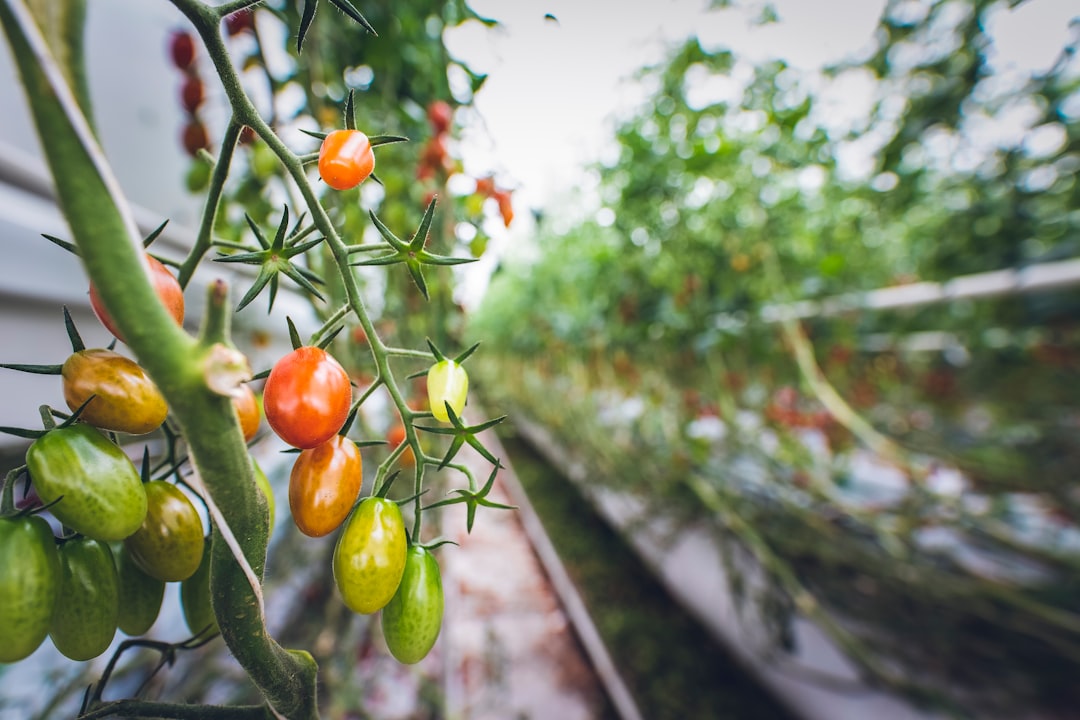In an era where urbanization is squeezing available land, vertical gardening has emerged as a game-changer for gardening enthusiasts and urban dwellers alike. By growing plants upwards rather than outwards, vertical gardening maximizes limited space, enhances yield, and adds aesthetic appeal to any setting. Whether you live in a small apartment, have a compact backyard, or want to optimize a commercial growing operation, vertical gardening offers an innovative and sustainable solution.
Space-Saving: Grow More in Less Space
One of the most significant advantages of vertical gardening is its ability to make the most of small spaces. Traditional gardening requires a large footprint, but vertical structures, such as wall planters, hanging pots, trellises, hydroponic towers, and tiered shelves, allow plants to thrive upwards. This is especially beneficial for urban dwellers with balconies or patios, where every square inch matters.
Vertical gardening transforms underutilized spaces like walls, fences, and even rooftops into lush green sanctuaries. By utilizing vertical growing methods, you can cultivate a variety of plants, from flowers and herbs to fruits and vegetables, without requiring expansive land. For city dwellers, even a small wall-mounted herb garden can provide fresh ingredients for cooking without sacrificing valuable space.
Increased Yield: More Produce, Less Effort
Vertical gardening isn’t just about saving space; it also boosts plant health and productivity. When plants grow vertically, they receive better air circulation, reducing the risk of disease and pest infestations. Additionally, improved sunlight exposure ensures that plants get the necessary light for photosynthesis, leading to healthier growth and higher yields.
Efficient watering systems, such as drip irrigation or hydroponics, contribute to consistent moisture levels, preventing overwatering or underwatering. Many vertical garden setups also incorporate self-watering planters, which make maintenance easier and more efficient. Vegetables like tomatoes, cucumbers, beans, strawberries, and peppers thrive in vertical arrangements, often producing more than their traditional ground-level counterparts.
Hydroponic and aeroponic systems, which eliminate the need for soil, further enhance yields by delivering nutrients directly to plant roots in a controlled environment. These methods have been shown to accelerate plant growth, making vertical gardening a viable option for those looking to maximize food production in limited spaces.
Aesthetic Appeal: A Green Oasis Anywhere
Beyond functionality, vertical gardens bring beauty to any environment. Whether it’s a lush green wall inside your home, a cascading floral display on your balcony, or a structured vertical vegetable garden in your backyard, the visual appeal is undeniable.
Green walls or "living walls" not only improve indoor aesthetics but also enhance air quality by filtering pollutants and increasing oxygen levels. They can serve as natural insulation, reducing indoor temperatures in the summer and retaining heat in the winter, which contributes to energy savings. In outdoor spaces, vertical gardens can function as privacy screens, noise barriers, or even artistic focal points.
For businesses and urban planners, vertical gardens add an eco-friendly touch to office buildings, shopping centers, and public spaces. Many modern architecture projects incorporate vertical greenery to create a visually appealing and sustainable environment.
Sustainability and Accessibility
Vertical gardening is a sustainable practice that promotes resource efficiency. Many systems use significantly less water compared to conventional gardening due to targeted irrigation methods. In hydroponic and aeroponic setups, water is recycled within the system, leading to minimal wastage.
Additionally, repurposing materials like wooden pallets, PVC pipes, plastic bottles, and recycled containers for vertical gardens contributes to environmental conservation by reducing waste. By growing food vertically, individuals and communities can reduce their carbon footprint by producing fresh produce locally, eliminating the need for long-distance transportation.
Moreover, vertical gardens make gardening more accessible to individuals with mobility challenges. Since plants can be positioned at eye level or waist height, there’s no need for excessive bending, kneeling, or heavy lifting, making gardening a more inclusive activity for seniors and those with disabilities.
Getting Started with Vertical Gardening
Starting a vertical garden is easier than it may seem. Whether you’re a beginner or an experienced gardener, these steps will help you create a thriving vertical garden:
-
Assess Your Space – Determine where you want to set up your vertical garden and consider factors like sunlight, wind exposure, available wall space, and accessibility. Indoors, a well-lit room with access to natural light or grow lights is ideal.
-
Choose Your Plants – Opt for plants that thrive in vertical arrangements. Climbing plants like beans, peas, and vines work well on trellises, while compact vegetables like lettuce, herbs, and strawberries flourish in stacked planters. Succulents and ferns are great choices for decorative green walls.
-
Select a Structure – Use trellises, hanging baskets, wall-mounted planters, tiered shelves, pocket planters, or hydroponic systems depending on your space and aesthetic preference. Modular systems allow for customization and easy expansion.
-
Ensure Proper Watering and Drainage – Invest in an efficient watering system, such as drip irrigation, self-watering pots, or hydroponics, to maintain consistent moisture levels. Proper drainage is essential to prevent waterlogging and root rot.
-
Use Quality Soil and Fertilizers – Lightweight, nutrient-rich soil is best for vertical gardens. Organic compost and slow-release fertilizers help ensure optimal plant growth.
-
Maintain Your Garden – Regularly trim, prune, and check for pests to keep your vertical garden thriving year-round. Rotate plants if necessary to promote even growth and ensure longevity.
Conclusion
Vertical gardening is a practical and visually appealing solution for anyone looking to maximize space, increase yield, and enhance their environment. Whether you’re an urban dweller with limited room or a seasoned gardener looking for a fresh approach, this innovative technique offers numerous benefits.
By growing up instead of out, you can transform any space into a thriving green oasis while contributing to sustainability and well-being. From apartment balconies to office buildings and community gardens, vertical gardening proves that even the smallest spaces can yield big rewards. So why not start your vertical garden today and experience the upside of growing up?

Comments
No comments yet. Be the first to comment!
You must be logged in to comment. Login